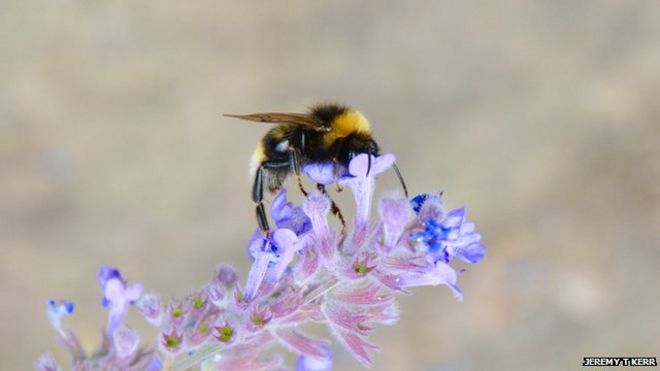
cryptozoology and related subjects-researched by myself FOLLOW LINK TO FACEBOOK GROUP -https://www.facebook.com/search/top/?q=cfzp-holsworthy%20and%20area%20cryptozoology%20group
Saturday, 25 July 2015
L. inexpectata - The unexpected one: A new pale nectar-feeding bat species found in Brazil

Six New Species Of Spiders Found In India

Boa constrictors' lethal secret revealed
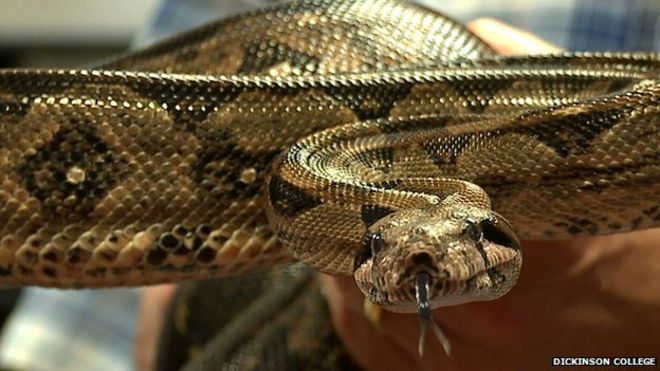
Friday, 24 July 2015
Worlds first snake had legs?
‹ ›
Nighttime was the right time for the world's first snakes, according to a new study that found these slithery reptiles were once nocturnal predators with tiny back legs complete with ankles and toes.
The study, published in the journal BMC Evolutionary Biology, also concludes that the first snakes likely emerged 128 million years ago in a warm and forested part of the then supercontinent Laurasia. (Laurasia included what are now North America, Europe and Asia.)
Photos: Iridescent Beauties of the Animal World
The research helps to clear up many long-standing debates over the earliest snakes.
"While snake origins have been debated for a long time, this is the first time these hypotheses have been tested thoroughly using cutting-edge methods," lead author Allison Hsiang of Yale University said in a press release.
She continued, "By analyzing the genes, fossils and anatomy of 73 different snake and lizard species, both living and extinct, we've managed to generate the first comprehensive reconstruction of what the ancestral snake was like."
Hsiang and her team identified similarities and differences between the 73 species, and used this to create a large family tree for snakes. They further noted some of the major characteristics of snakes throughout time.
Video: How Snakes Got Their Venom
The researchers believe that snakes originated on land as opposed to water, which had previously been theorized. The emergence of snakes during the Early Cretaceous coincided with the rapid appearance of many species of mammals and birds.
As for what the first snakes ate, the researchers believe that they could take on almost anything, but not super big prey like what some of today’s snakes can handle. That's because the early snakes hadn't yet evolved the ability to use constriction as a form of attack, like today’s boa constrictors.
The "ancestral" snake's nocturnal ways passed on to many generations, so that diurnal or day-living snakes didn’t show up much until around 50-45 million years ago. That’s when Colubroidea — the family of snakes that now make up over 85 percent of living snake species — came onto the scene. Colder night temperatures probably led to the daytime ways of these snakes.
How Snakes Lost Their Legs
As the years went on, the little legs of the snakes got in the way of their slithering and gradually disappeared. Vestiges of their existence, however, still remain in many snakes, such as in modern boas and pythons.
Snakes are some of the planet's most successful animals in terms of their worldwide distribution. While many species are threatened or endangered, it's not for lack of travel time on the part of snakes.
The researchers note that snakes can travel across ranges that are over 68 square miles in size. To put this into perspective, the figure is 4.5 times greater than the ranges of lizards. Many snakes also live in aquatic habitats now, showing how versatile these reptiles can be in adapting themselves to challenging environments.
Photo: Recreation of the first known snake. Credit: Julius Csotonyi
Tags SNAKES SNAKE REPTILES REPTILE ANIMAL EVOLUTION ANIMAL BEHAVIOR ANIMAL ANATOMY ANIMAL ANIMALS
DISCOVERYnewsletter
Saturday, 18 July 2015
New pygmy box jellyfish Chiropsella Saxoni identified by scientists after discovery by Queensland boy

New Species Found Near Just-Discovered Volcano

Butterfly species found

GM moths 'can curb pest invasion'
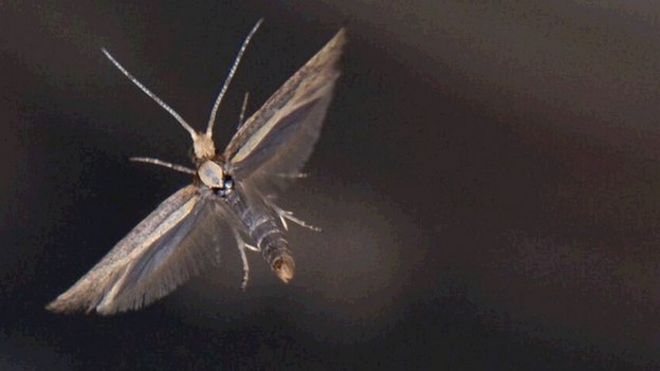
Dinosaur find: Velociraptor ancestor was 'winged dragon'
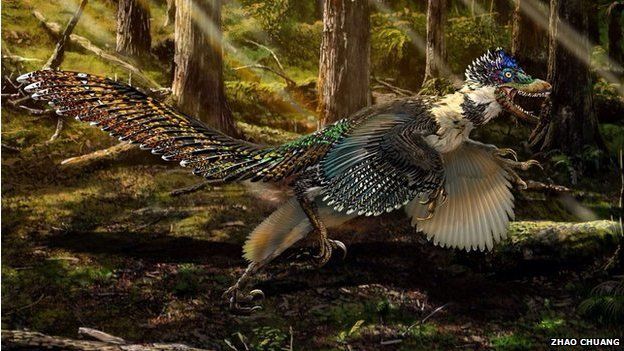
Polar bears fail to adapt to lack of food in warmer Arctic

How mosquitoes zero in on warm bodies
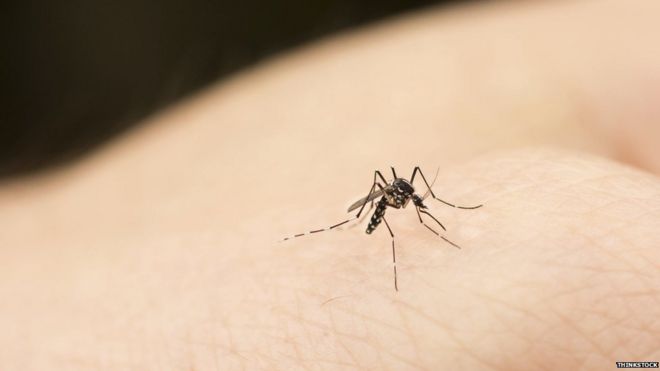
Saturday, 11 July 2015
A new species of cockroach found in Florida
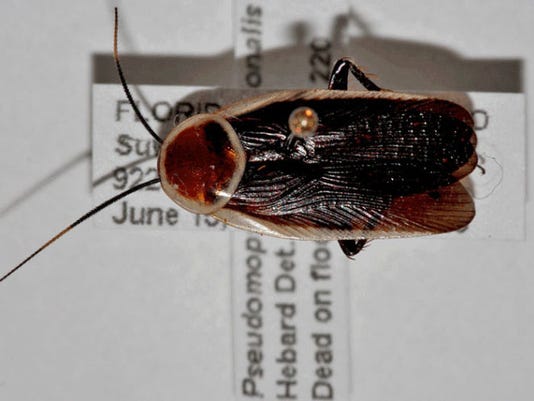 Tampa, Florida -- A new type of cockroach coming to a kitchen near you.
The Pseudomops septentrionalis aka pale-bordered field cockroach is a native of Costa Rica and Mexico that has been making it's way across the southwest.
According to the Tampa Bay Times, the cockroach is not solid brown in color and instead is brown with a tan trim and a ruby-like jewel set in its leading edge.
You could almost consider it pretty.
It does not appear to be a pest -- yet.
Read the entire story at the Tampa Bay Times-SEE LINK FOR FURTHER INFO-http://www.tampabay.com/news/environment/wildlife/just-what-florida-needs----a-new-cockroach/2236051
Tampa, Florida -- A new type of cockroach coming to a kitchen near you.
The Pseudomops septentrionalis aka pale-bordered field cockroach is a native of Costa Rica and Mexico that has been making it's way across the southwest.
According to the Tampa Bay Times, the cockroach is not solid brown in color and instead is brown with a tan trim and a ruby-like jewel set in its leading edge.
You could almost consider it pretty.
It does not appear to be a pest -- yet.
Read the entire story at the Tampa Bay Times-SEE LINK FOR FURTHER INFO-http://www.tampabay.com/news/environment/wildlife/just-what-florida-needs----a-new-cockroach/2236051
A New Species Is Found in New Jersey (and It May Already Be in Trouble)

This New Species Of Horned Dinosaur Provides Hints About Its Evolution

Lazy lifestyle key to pandas' bamboo-only diet
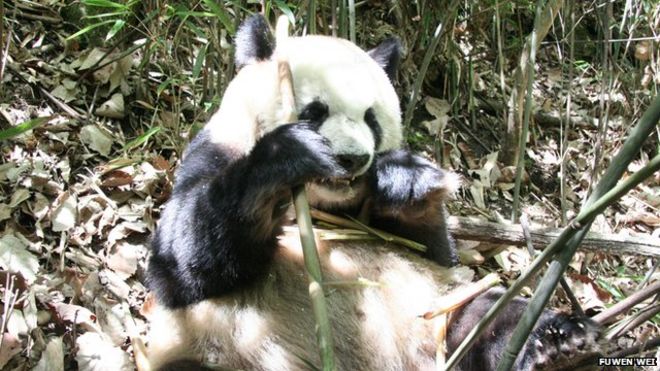
Climate 'vice' constricts bumblebees' natural ranges - researchers
